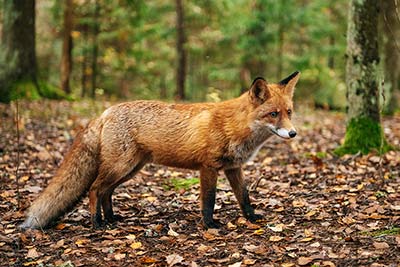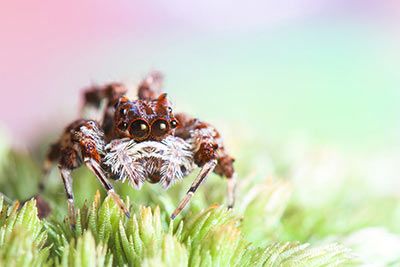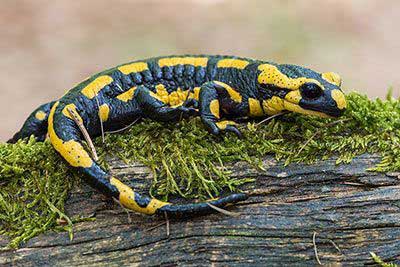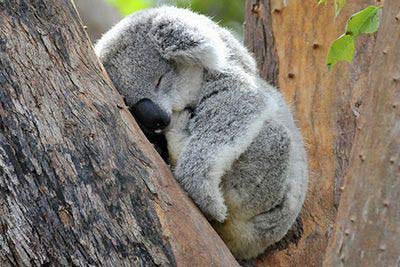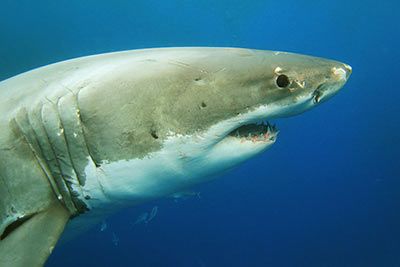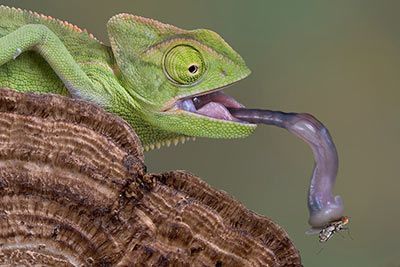Venomous Snakes
Snake venom is a complex mixture of proteins and so-called polypeptides, which have enzymatic and toxic properties. In this article you will learn all about the main characteristics of snake venom.
Where Do Snakes Produce Their Venom?
Snake venom is produced in the snake’s ear gland.
Why Do Snakes Use Venom?
For killing prey, for digestion and for defence.
How Dangerous Are Venomous Snakes?
It depends on your point of view. Are you counting how many deaths a snake has caused, or which snake has the most venom? Or the most effective venom? Some snake venoms are complicated toxic “cocktails” e.g. rattlesnake venom. So the question of which snake is the most dangerous should always consider these things:
- the amount of venom in one bite
- how toxic the venom is (= how strong)
- the length of the teeth(= how deep the venom is injected into the body/vein)
- how the snake behaves when it feels threatened
- the size of the snake
Also, the progression of the bite and successful treatment depend on the following:
- location of the bite (worse nearer the heart)
- the person’s behavior (staying still or moving around)
- wether the snake could be identified? (=> correct antidote)
- the person’s age and health
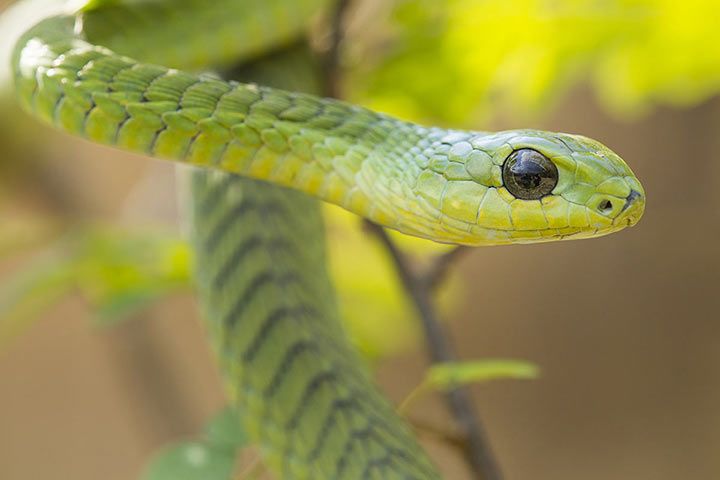
How Does Snake Venom Work?
Cytotoxin: damages cells and tissue
Hemotoxin: disrupts blood clotting and/or the blood creating system
Myotoxin: damages muscle tissue
Cardiotoxin: damages the heart muscles
Neurotoxin: damages the nervous system
Hemorrhagic: damages the blood cells and vessels
Dangerous = Deadly?
The most dangerous snakes and the deadliest snakes are two completely different things. Snakes with extremely deadly poison don’t necessarily bite everyone and everything in their paths. And there are snakes that don’t have especially strong venom but their behavior is less predictable and more aggressive.
How to Avoid Getting Bitten
There are hardly any venomous snakes in Germany, so if you live there, you don’t need to worry or be scared when you’re out and about. If you don’t stray from the usual tourist paths, you are unlikely to be in any danger. But if you do go off on an adventure, stay in rural villages or want to take a path less traveled, you should think about these things:
- solid, high shoes
- long trousers
- don’t put your hands in rock cracks when climbing
- don’t reach into bushes and shrubs
- take heavy steps (snakes can feel the vibrations)
- don’t provoke a snake if you meet one
- NEVER try to touch or catch a snake

